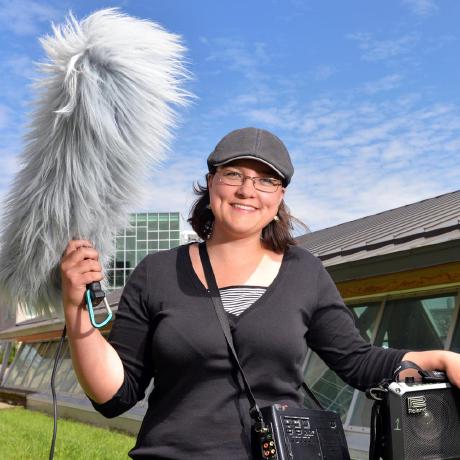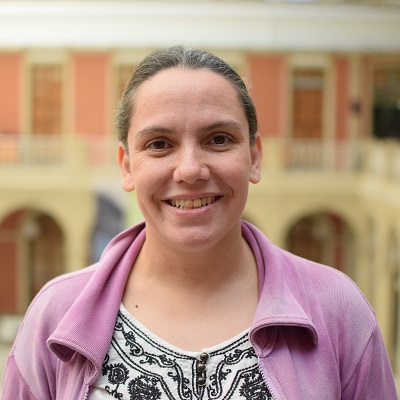All posts (Page 97 of 125)
How do you get the maximum value out of a dataset? Data is most valuable when it can easily be shared, understood, and used by others. This requires some form of metadata that describes the data. While metadata can take many forms, the most useful metadata is that which follows a standardized specification. The Ecological Metadata Language (EML) is an example of such a specification originally developed for ecological datasets. EML describes what information should be included to describe the data, and what format that information should be represented in....
🔗
What is Taxonomy?
Taxonomy in its most general sense is the practice and science of classification. It can refer to many things. You may have heard or used the word taxonomy used to indicate any sort of classification of things, whether it be companies or widgets. Here, we’re talking about biological taxonomy, the science of defining and naming groups of biological organisms.
In case you aren’t familiar with the terminology, here’s a brief intro.
...Most of us who work in R just want to Get Stuff Done™. We want a minimum amount of friction between ourselves and the data we need to wrangle, analyze, and visualize. We’re focused on solving a problem or gaining insights into a new area of research. We rely on a rich, community-driven ecosystem of packages to help get our work done and likely make an unconscious assumption that there is a safety net out there, protecting us from harm....
In my training as a AAAS Community Engagement Fellow, I hear repeatedly about the value of extending a personal welcome to your community members. This seems intuitive, but recently I put this to the test. Let me tell you about my experience creating and maintaining a #welcome channel in a community Slack group.

Welcome by Nathan under CC BY-SA 2.0
I listen in on and occasionally participate in a Slack group for R-Ladies community organizers (R-Ladies is a global organization with local meetup chapters around the world, for women who do/want to do programming in R). Their Slack is incredibly well-organized and has a #welcome channel where new joiners are invited to introduce themselves in a couple of sentences. The leaders regularly jump in to add a wave emoji and ask people to introduce themselves if they have not already.
...Like every R user who uses summary statistics (so, everyone), our team has to rely on some combination of summary functions beyond summary() and str(). But we found them all lacking in some way because they can be generic, they don’t always provide easy-to-operate-on data structures, and they are not pipeable. What we wanted was a frictionless approach for quickly skimming useful and tidy summary statistics as part of a pipeline. And so at rOpenSci #unconf17, we developed skimr....




